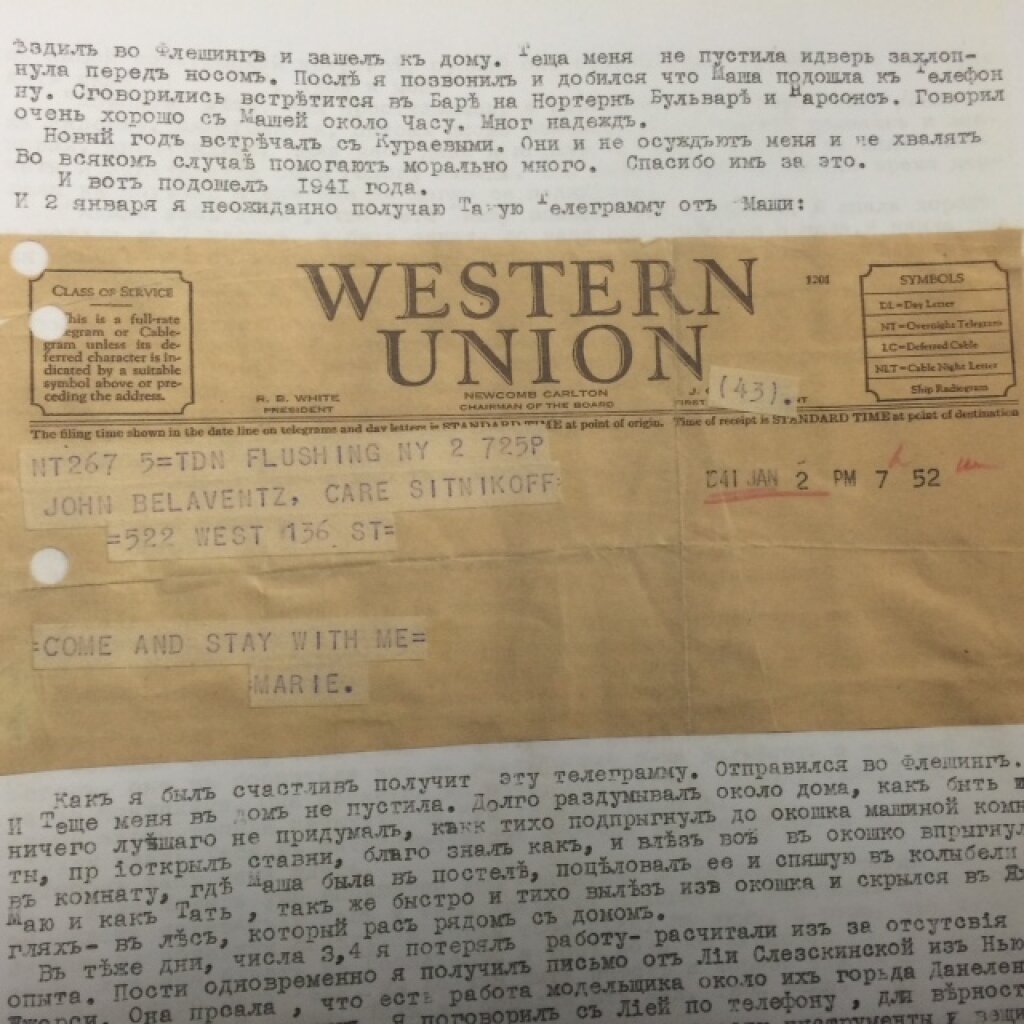Dr. Hana Josticova is a Research Associate in Central and Eastern European Studies at the University of Glasgow.
Belarusians were among the first foreigners to join Ukraine in the war against Russia and its proxies already in 2014. Since the summer of 2014, they have fought in the hottest spots of the Donbas war: first as part of Ukrainian volunteer formations, and from late in 2014 on as a subunit of the Ukrainian army called Tactical Group Belarus. When Russia began its full-scale invasion of Ukraine in February 2022, Belarusians were among the first to remobilize and organize into combat-ready units. Their swift mobilization played a decisive role in countering the Russian advance on Kyiv in the first weeks of the war. The logic behind their mobilization was simple: “Without a free Ukraine, there won’t be a free Belarus.”
From protesters to combatants
Understanding the motivations of Belarusian nationals who chose to take up arms requires returning to the period before the most recent Russo-Ukrainian war. For Belarusian veterans of the war in Donba, war mobilization was a progression from either active participation in the Maidan revolution and, after April 2014, Ukrainian territorial defense formations, or from their support of these activities in principle.
Belarusians who supported or joined the Maidan perceived Viktor Yanukovych’s repressive methods against protesters as resembling the practices of Alyaksandr Lukashenka. If Yanukovych succeeded in overcoming the revolution, Belarusian observers thought, he might turn increasingly authoritarian, transforming Ukraine into a dictatorship like Lukashenka’ Belarus. It was important for Belarusians to prevent another state capture by one of “Putin’s puppets” because, as some of my respondents put it, “If Ukraine falls, there is no chance for freedom for Belarus.” Russia, in this thinking, would have exerted control over both.
The Russian occupation of Crimea that followed the fall of the pro-Russian Yanukovych regime was, for Belarusians, confirmation of Putin's aspiration to control Ukraine. It transformed protest mobilization in Ukraine into a self-defense mobilization for the country’s territorial integrity. Accordingly, Belarusians’ motivation to support Ukraine’s democratic future evolved into supporting its people in their fight for independence from Russia. It became their fight, too.
In parallel with the military occupation of Crimea, Russian political technologists launched an ideological campaign called “Russian Spring.” This campaign aimed to create popular support for Crimea’s “return” to Russia as a reunion with the Russian historical and civilisational space. The propaganda movement was successful: after March 2014, Ukraine’s south-east erupted in a revolution of its own. Russia’s tactic of destabilizing Ukraine by making this artificial conflict look like a civil war targeting the post-Maidan government was thus underway.
By mid-April, Ukrainian Acting President Oleksandr Turchynov launched the Anti-Terrorist Operation in eastern Ukraine to counter the territorial advances of illegal armed groups that had appeared during the “Russian Spring.” One component of this operation was to encourage civilian resistance in the form of territorial defense groups and battalions. Belarusians joined these formations—specifically, Pravyi Sektor, and as of May 2014, the Azov battalion.
Tactical Group Belarus
“When Russia annexed Crimea, I knew war would come,” said one of my respondents, Kit, explaining his decision to abandon his life in Belarus and join the war. It was 2015, and he had just turned eighteen. The formation Kit joined was called Tactical Group Belarus (TGB)—the first purely combat unit uniting Belarusian volunteers who mobilized on the side of Ukraine after 2014. It was set up for the purpose to give participants combat experience in the hottest spots of the Donbas: Pesky, Avdiivka, Mariinka and Mariupol. In 2015, this group grew to thirty members.
There was another reason for creating battle-hardened Belarusian units. Even as the Belarusians fought for Ukrainian territorial integrity and freedom from Russia, they were also fighting a proxy war for the freedom of Belarus —forming their own national army that would be combat-ready once they moved on to liberating Belarus.
Belarusian mobilization fluctuated after 2016, when the active phase of the Donbas war ended and some troops demobilized. In February 2022, by contrast, mobilization picked up in response to Russia’s full-scale invasion.
At that time, TGB veterans immediately remobilized and assumed crucial roles as instructors of territorial defense volunteers and defenders of Kyiv who held off Russian advances around Bucha and Irpin. While performing these roles, hey also created the necessary infrastructure for newcomers.
Two factors inspired Belarusian mobilization in February 2022: the existential threat posed by the Russian advance, and Lukashenka’s decision to support the Russians by facilitating their attacks from Belarusian territory. For many of my respondents, mobilization became a moral duty.
By two weeks into the invasion, Belarusian newcomers were so numerous that TGB veterans formed a separate Belarusian group under Kit’s command, which they named the Kastuś Kalinoŭski battalion.
The choice of Polish-Belarusian writer and revolutionary Kastuś Kalinoŭski (1838-1864) as a symbol was hardly coincidental. As I explained in my co-authored article in Post-Soviet Affairs, Kalinoŭski is perceived as the first Belarusian national hero who, in 1863, co-led an uprising against imperial rule and for national recognition from the Polish and the Russian emperors.
Kalinoŭski also represents principles of equality and honor in fighting. Kit and other TGB veterans regard themselves as “noblemen” who protect Belarus like the knights who once protected the lands of the Grand Duchy of Lithuania, stretching from the Baltic Sea in the North to the Black Sea in the South. This chivalric ideal is expressed in the Pahonya (“chase”) symbol under which Belarusian volunteers unite: a red knight on a horse marching into battle. For these volunteer fighters, Russia “has always been imperialist”: first as Muscovy, then as tsardom, and, ultimately, as the Russian Federation.
Fallen TGB members are seen as national heroes who have contributed to writing the contemporary history of Belarus and its struggle for independence. Their nicknames—like Litvin, Volat, and Teror—have become the names of combat subunits of the Kalinoŭski Regiment.
Conclusion
Belarusians consider fighting Russia in Ukraine an existential task, necessary for the survival of Belarusian state and nationhood. As Kit put it, “Belarusians are not going to fight alongside Russia. Belarusians are a separate people, a brotherly people to Ukrainians. Belarusians are obliged to resist the Russian imperial regime.” They will fight until the end, they say, operating on the principle “first Ukraine, then Belarus” because, as they put it, “Putin’s regime must and will be destroyed.”



